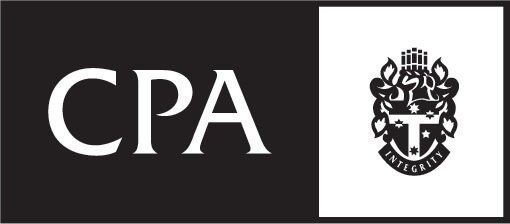Is your SMSF compliant and ready for 2024?
June is a good time to review your SMSF, complete year-end planning and get ready for the new financial year. Below are some important considerations.
Lodge Tax Returns on time
If you fail to lodge your SMSF tax returns on time, you risk the compliance status of your superfund.
Your fund status can be found on https://superfundlookup.gov.au/
If your fund status is “regulation details removed” you may have overdue tax returns and you risk failure to lodge penalties and your fund will not be able to receive contributions until the compliance status is updated.
Contribution Caps
It is important not to exceed contribution caps to avoid any additional charges and taxes. The contribution caps for 2023 are:
Concessional $ 27,500
Non-Concessional $ 110,000
If your total superannuation balance is less than $ 500,000 as of 30 June of the previous financial year, and you have not contributed the maximum concessional limits since 1 July 2018, you may be able to make catch up contributions before 30 June 2023. This is referred to as the “carry-forward rule” and is a fantastic opportunity to maximise your superannuation tax savings.
If you are under 75 and your total superannuation balance is less than 1.7 million as of 30 June 2022, you are able to bring forward your non concessions contribution caps from future years and contribute up to $ 330,000.
If you would like to find out your eligibility to make catch-up contributions, bring forward rule or would like to find out more, please contact our office.
Work-test
Work test required individuals to be gainfully employed for a minimum of 40 hours in a period of 30 consecutive days.
Since 1 July 2022, individuals below the age of 75 do not need to meet the work-test to make non-concessional super contributions.
Individuals between the ages of 67 -74 will still need to meet the work-test to be able to claim a tax deduction for a personal super contribution.
Low-income Superannuation Offset
Taxpayers with adjusted taxable income below $ 37,000 will be entitled to a 15% offset on concessional contributions to a maximum of $ 500. If eligible, this offset will be received by the superfund.
Government Co-contribution
Subject to eligibility, you may be able to receive a maximum government co-contribution of $ 500 for non-concessional contributions of $ 1,000. For non-concessional contributions less than $ 1,000, the co-contribution will be 50% of the non-concessional contribution.
Spouse Offset
If you make a $ 3,000 non-concessional superannuation contribution on behalf of your spouse, you may be entitled to a tax offset of $ 540. In order to be eligible, your spouse’s income should be below $ 37,000, total superannuation balance be less than 1.7 million (Transfer Balance Cap) and must not have exceeded the non-concessional contributions cap of $ 110,000.
Contributions Splitting
You may be eligible to split up to 85% of your concessional contributions with your spouse. This will be a valuable strategy if your total superannuation balance is closer to or above the transfer balance cap and your spouse has a lower superannuation balance.
Please contact our office to determine if you are eligible for contributions splitting.
Minimum pensions
If you are in pension phase, you need to withdraw your minimum pension before 30 June 2023. Failure to meet the minimum pension requirements may mean that your SMSF needs to pay 15% tax on pension assets.
Your minimum pension is calculated by multiplying your pension balance as of 30 June 2022 by the minimum pension rate listed below. Note the reduced rates introduced as part of COVID 19 relief will come to an end as of 30 June 2023.
Age - 1 July 2022 Minimum Percentage Reduced Percentage 2020 - 2023
Under 65 4% 2%
65-74 5% 2.5%
75-79 6% 3%
80-84 7% 3.5%
85-89 9% 4.5%
90-94 11% 5.5%
95 + 14% 7%
Investment Strategy
SIS Act requires all self-managed superannuation funds to have a current investment strategy. This document is a plan for purchasing, selling, holding assets within the SMSF in line with your retirement goals. This document must be reviewed regularly and updated if required.
Binding Death Nomination Forms
Your super is probably one of your most significant assets. Therefore it is important to consider what will happen to it after you are gone.
A binding death nomination is one way to make sure your super goes to the people you want to benefit when you pass away. You can replace or cancel your existing nomination at any time.
Please get in touch with our office if you would like to find out more about binding death nomination forms.
Disclaimer:
Laws and regulations related to superannuation and self-managed superannuation funds are complex and often requires professional advice. The information provided above are general in nature and limited to the current laws and regulations which may change in the future. This information does not take into account your personal circumstances and does not constitute financial or professional advice.
Please contact our office to discuss the applicability of above information to your personal circumstances.
Crawford News






